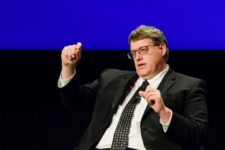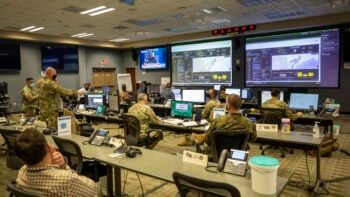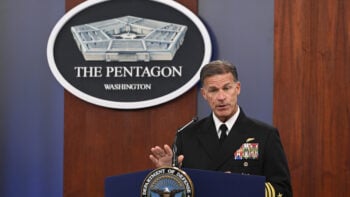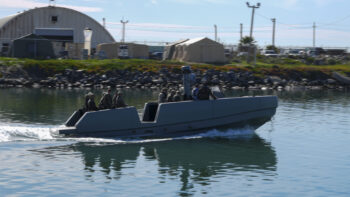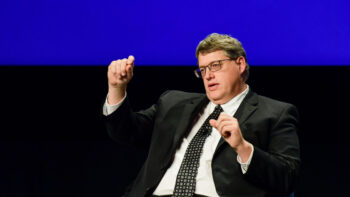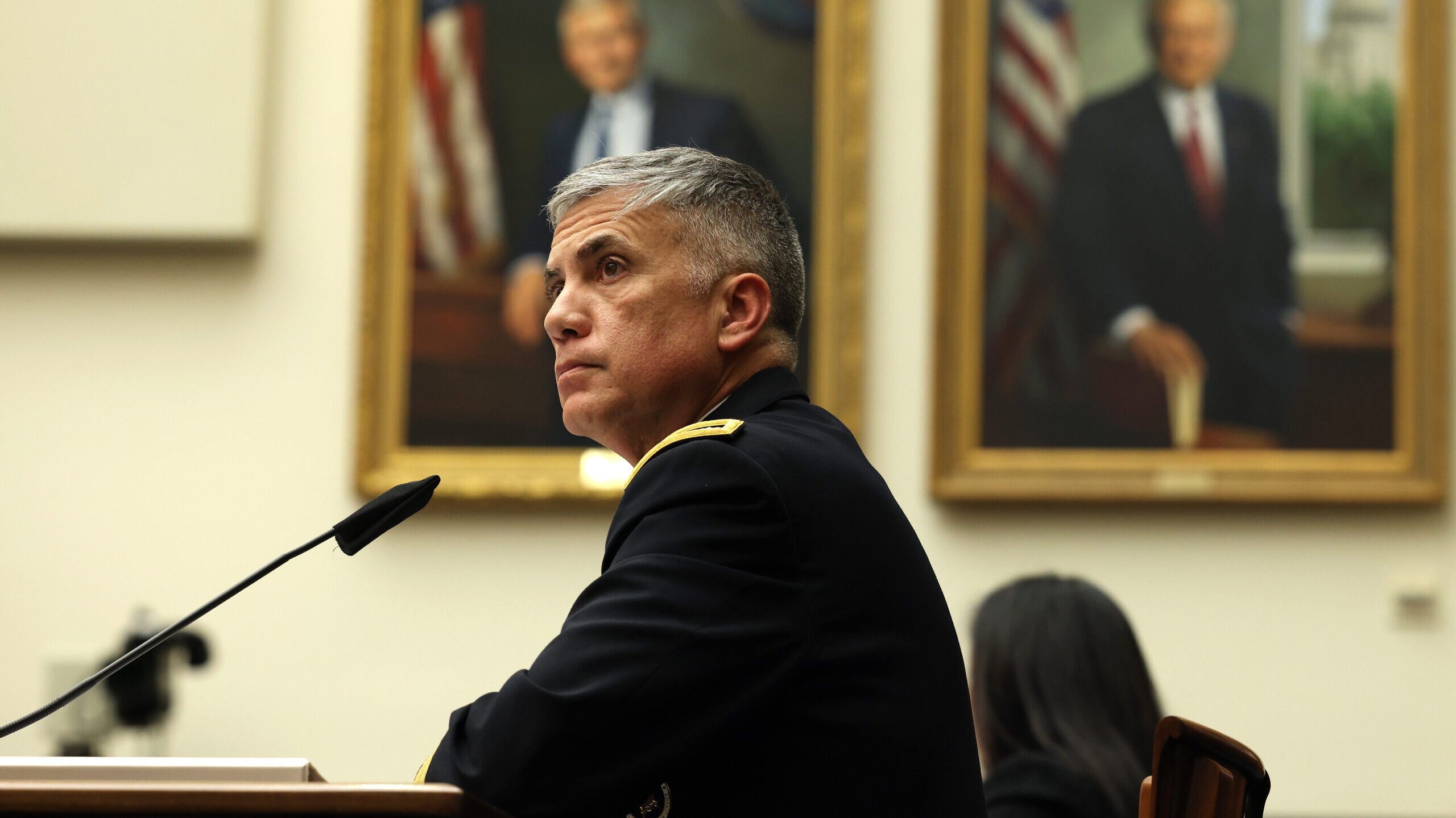
Paul Nakasone, director of the National Security Agency (NSA) listens to a question during a hearing with the House Armed Services Subcommittee. (Photo by Anna Moneymaker/Getty Images)
WASHINGTON — While the Pentagon and Congress are still weighing the pros and cons of standing up an independent cyber branch akin to the Space Force, the director of US Cyber Command said today that he’s concentrating on evolving to “CYBERCOM 2.0.”
“I think all options are on the table except status quo,” Gen. Paul Nakasone said today at an event hosted by the Intelligence and National Security Alliance. “So we have to have…[a] cyber force 2.0…CYBERCOM 2.0. … We built our force in 2012 and 2013. We’ve had tremendous experience. But the scope, scale, sophistication of the threat has changed.”
When asked on his thoughts on an independent cyber force, Nakasone said he’s still working with DoD on a study mandated from the fiscal 2023 National Defense Authorization Ac that asked DoD to examine the prospect of a new force generation model for US Cyber Command. As it currently stands, USCYBERCOM is responsible for employing personnel from each military service to combatant commands.
He added that the private sector and USCYBERCOM’s partners have also changed, and now the command needs to “look at how we’re going to change as well.”
While Nakasone didn’t address the creation of a cyber force directly, lawmakers and DoD officials have sent mixed messages on the idea. In February, Rep. Mike Gallagher, R-Wisc., told reporters he would consider the idea of standing up a cyber force, but the idea needed to be studied further. He said he was concerned it could create more bureaucracy.
But in the reconciled version of the FY24 NDAA filed Thursday, lawmakers axed the idea of an independent study to assess whether a cyber force was needed. The study had been included in the Senate’s version of the bill, which would have required the secretary of defense to work with the National Academy of Public Administration to evaluate such a dramatic organizational shift.
In September, Mieke Eoyang, deputy assistant secretary of defense for cyber policy, told reporters at a Defense Writers Group event that standing up a new cyber military service could potentially pose new challenges for the department.
“I think the question is that for people who think the cyber service is the answer to our…current challenges in cyber personnel management: be careful what you wish for,” Eoyang said then. “A cyber service might have some benefits in ease of administrative management, but we have a variety of…military services in the Department of Defense who perform a variety of missions.”
Nakasone Defends Section 702
Nakasone, who is dual-hatted as the head of the National Security Agency, today also made the case for renewing the controversial Section 702 of the Foreign Intelligence Surveillance Act, which allows the NSA to collect information on foreign targets, that is set to expire at the end of this month. The reconciled version of the NDAA filed Thursday included a provision that would extend FISA through April 19 of next year.
Section “702 is the most important authority that we utilize day in and day out,” Nakasone said. “It is essential for the defense of our nation and the protection of our people. … It is absolutely critical in terms of what we can do to be able to understand the scope, scale, sophistication of the threat, whether or not that’s being able to identify fentanyl users that are providing that disastrous chemical into the United States or whether or not being able to provide insights on what’s happening to hostages in Gaza.”
Services making progress putting the J in CJADC2: Vice Chief Grady
Adm. Christopher Grady, vice chair of the Joint Chiefs of Staff, said the Joint Requirements Oversight Council is “well on pace” to putting more “teeth” into its processes for driving the military services to fulfill joint requirements.






